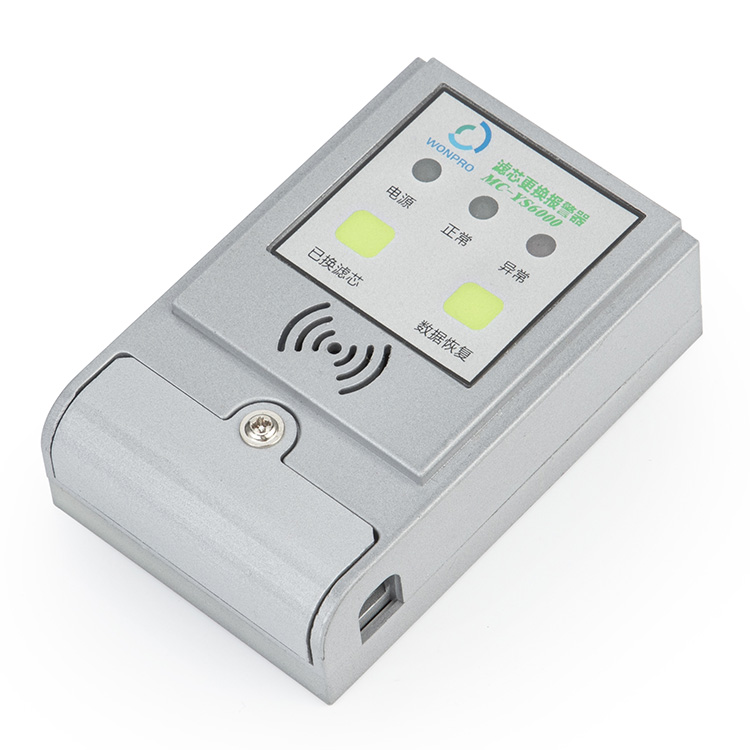Types of Hydraulic Fittings
2024-06-18
Hydraulic fittings are essential components used to connect hydraulic hoses, tubes, and components in hydraulic systems. They play a crucial role in ensuring leak-free fluid transmission and maintaining the integrity and efficiency of hydraulic circuits. Here’s an overview of hydraulic fittings:
Types of Hydraulic Fittings
1. Types based on Connection Method:
- Threaded Fittings: These fittings have threads that screw into matching threads on hoses, tubes, or ports. Common types include:
- NPT (National Pipe Thread): Common in North America, used for general-purpose applications.
- BSPT (British Standard Pipe Thread): Common in Europe and Asia.
- Flange Fittings: Flange fittings use bolts to secure two mating flanges together, creating a seal.
- Compression Fittings: These fittings use compression to secure hoses or tubes onto the fitting, often used in instrumentation and certain hydraulic applications.
- Quick Disconnect Couplings: Allow for fast and easy connection and disconnection of hydraulic lines, enhancing efficiency and convenience.
2. Types Based on Configuration:
- Straight Fittings: Connect two hoses or tubes in a straight line.
- Elbow Fittings: Provide a right-angle connection, useful for tight spaces or changing directions.
- Tee Fittings: Used to branch off into multiple lines from a single line.
- Cross Fittings: Allow for connection at right angles in four directions.
- Reducer Fittings: Connect two different sized hoses or tubes.
3. Materials:
- Steel Fittings: Strong and durable, suitable for high-pressure applications.
- Stainless Steel Fittings: Corrosion-resistant and ideal for environments with exposure to moisture or chemicals.
- Brass Fittings: Non-sparking and suitable for lower-pressure applications.
- Plastic Fittings: Lightweight and resistant to corrosion, used in certain hydraulic systems.
Applications of Hydraulic Fittings
1. Automotive Industry:
- Brake Systems: Hydraulic fittings are used in brake lines and systems to ensure reliable braking performance.
- Power Steering: Connect hydraulic lines in power steering systems to assist with steering.
2. Industrial Machinery:
- Construction Equipment: Used in hydraulic systems of excavators, loaders, cranes, and other heavy machinery.
- Manufacturing Equipment: Hydraulic fittings are used in hydraulic presses, injection molding machines, and other manufacturing equipment.
3. Agricultural Machinery:
- Tractors: Hydraulic fittings are essential for hydraulic systems in agricultural equipment for lifting, steering, and operating attachments.
4. Aviation and Aerospace:
- Flight Control Systems: Hydraulic fittings are used in aircraft hydraulic systems for control surfaces and landing gear.
5. Marine Applications:
- Boats and Ships: Hydraulic fittings are used in steering systems, winches, and other hydraulic equipment on marine vessels.
Considerations When Selecting Hydraulic Fittings
- Pressure Rating: Ensure the fittings can handle the maximum pressure of the hydraulic system.
- Temperature Range: Choose fittings rated for the temperature range of the hydraulic fluid and environment.
- Material Compatibility: Select fittings made from materials compatible with the hydraulic fluid used (e.g., oil, water, chemicals).
- Thread Type: Match the fitting thread type (NPT, BSPT, metric, etc.) with the threaded connections in the hydraulic system.
Hydraulic fittings are critical components that ensure hydraulic systems operate efficiently and safely. Choosing the right fittings for the application and maintaining them properly can enhance system reliability and longevity.



